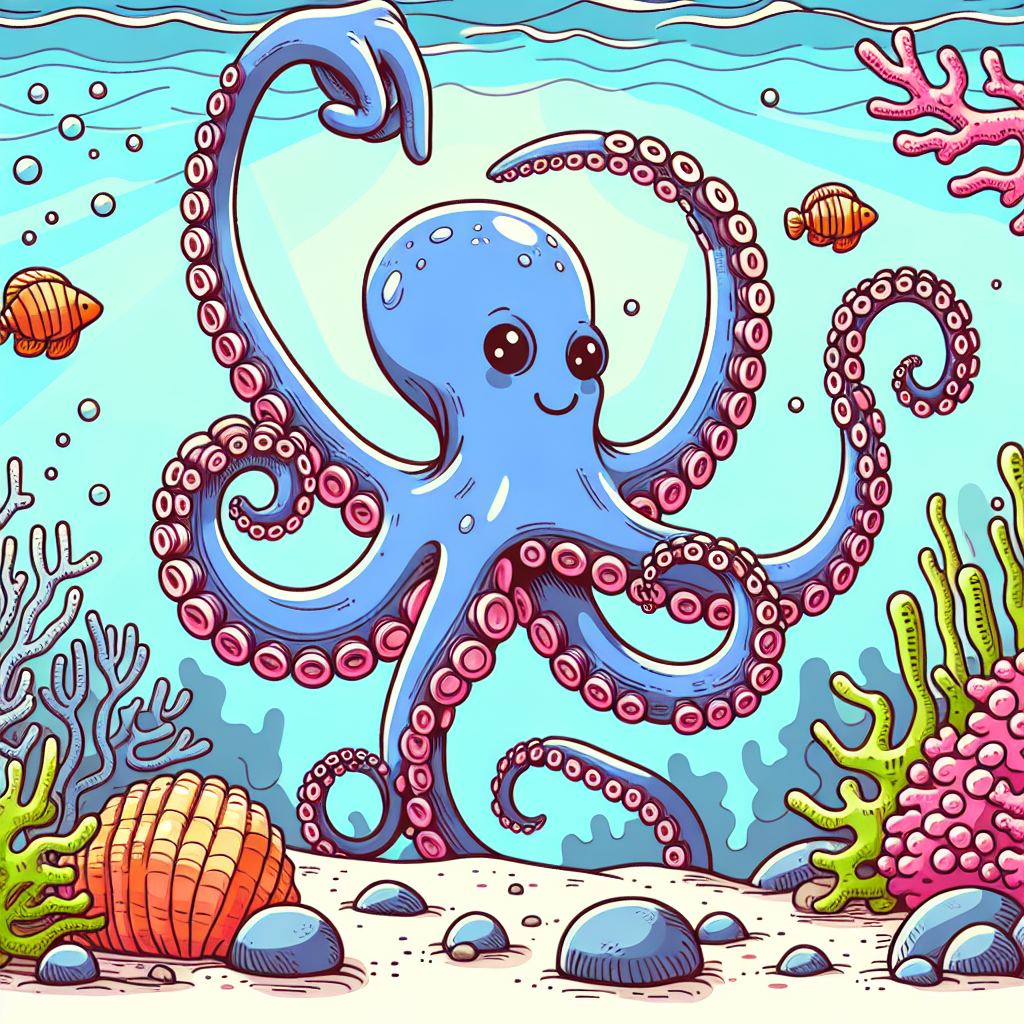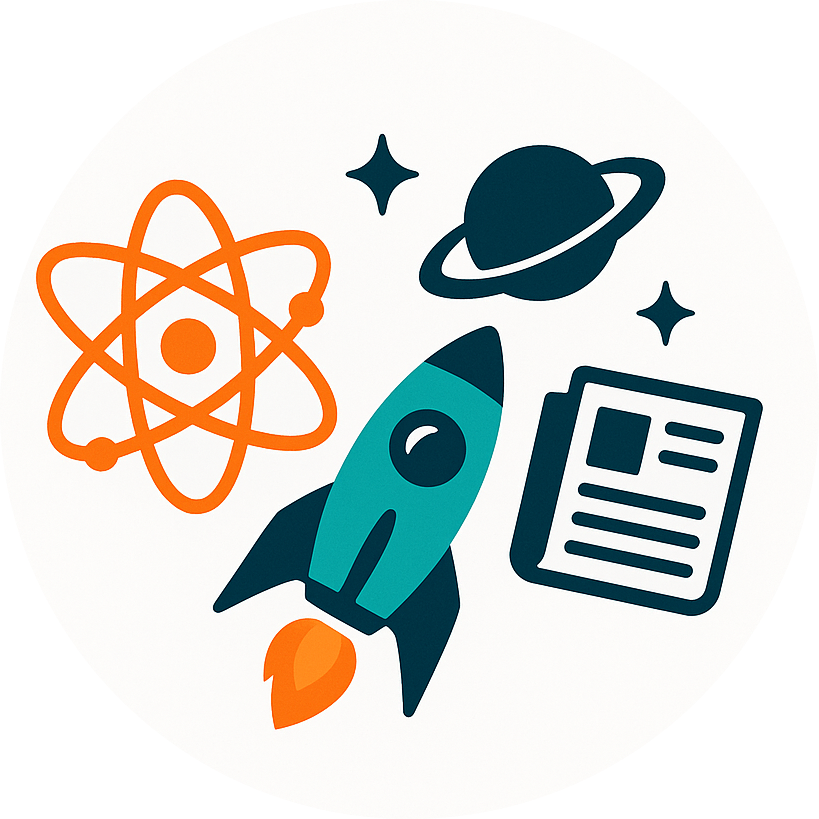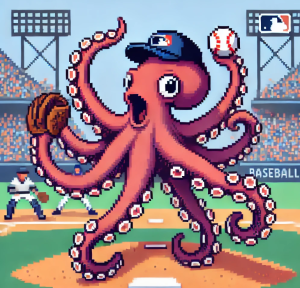
Unveiling the Secrets of Octopus Dexterity: What We Can Learn from These Curious Creatures
Octopuses are renowned for their intelligence and extraordinary manipulatory skills, possessing a unique ability to adapt to their environment with their eight flexible arms. Recent studies have shed light on how these fascinating creatures coordinate their complex arm movements, which may have profound implications for robotics and artificial intelligence (AI) development.
The Intricate Coordination of Octopus Arms
Each octopus arm operates semi-autonomously owing to a decentralized nervous system—over two-thirds of their neurons reside in their arms rather than their brain. This autonomy allows octopuses to perform a range of tasks quickly and efficiently. According to Science Journal for Kids, this immense flexibility is manifested through specific motor control mechanisms that allow each arm to react spontaneously to stimuli while maintaining overall coordination. An octopus can simultaneously explore with its front arms while using its hind arms for locomotion.
Strategic Use of Arms
As reported by ScienceDaily, octopuses exhibit strategic use of their arms. They tend to favor their front arms for exploring and manipulating objects, while the back arms are primarily used for movement and support. This specialized use of limbs highlights their ability to adapt behavior based on context, showcasing their strategic thinking capabilities.
Implications in Robotics
Understanding the coordination strategies of octopuses offers significant insights for designing advanced robots. As noted in Phys.org, researchers are keen to mimic these natural models to create more autonomous and efficient robotic systems, particularly in underwater robotics where flexibility and precision are paramount.
Potential for AI Development
The AI sector can also draw lessons from octopus motor coordination. Just as each arm works independently yet in concert with the central system, AI systems can be designed to allow individual agents to perform tasks independently while contributing towards a unified goal—a concept crucial in developing decentralized AI systems.
Biological Insight: Evolutionary Adaptations
The octopus’s fascinating arm coordination has evolved to adapt to varying environmental conditions. This adaptability provides insights into evolutionary biology, illustrating how physical and neural adaptations can lead to complex behavioral patterns as seen in these cephalopods. Such studies, according to NBC News, underscore the potential of evolutionary processes in shaping highly capable and flexible living organisms.
Conclusion
Octopuses remain some of the most enigmatic and intellectually compelling creatures in the animal kingdom. Understanding their sophisticated arm coordination not only enriches our knowledge of biological adaptability and evolution but also paves the way for groundbreaking advancements in technology and artificial intelligence. As researchers continue to unravel the mysteries of octopus arm functionality, a fascinating convergence of biology and technology emerges, promising innovations that could revolutionize robotics and AI systems.



